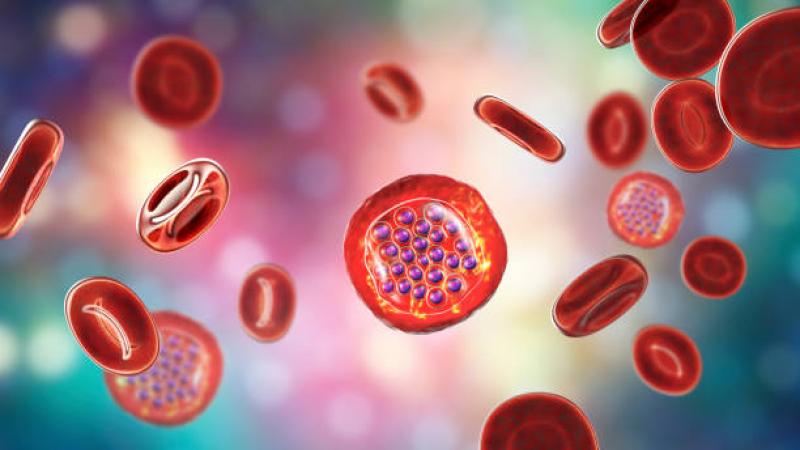Fascioliasis: Understanding the Parasitic Menace, Its Impacts, and Strategies for Control
Fascioliasis, caused by the liver fluke parasites Fasciola hepatica and Fasciola gigantica, is a neglected tropical disease that affects millions of people and animals worldwide. This zoonotic infection poses significant health and economic burdens, especially in areas where livestock rearing and agriculture are prominent. In this comprehensive article, we delve into the world of fascioliasis, exploring its lifecycle, transmission, clinical manifestations, impacts on human and animal health, as well as the current efforts and strategies for its control and prevention.
The Lifecycle of Fascioliasis
Understanding the intricate lifecycle of the Fasciola parasites is crucial in comprehending their transmission and disease manifestation. We explore how these parasites undergo developmental stages, from egg production in the host's liver to the release of infective forms into water bodies. Additionally, we discuss the role of intermediate hosts, such as snails, and the transmission routes that facilitate the spread of fascioliasis.
Epidemiology and Global Distribution
Fascioliasis is endemic in various regions worldwide, with specific geographic and climatic conditions favoring its persistence. We examine the global distribution of fascioliasis, highlighting the high-risk areas and regions where human and animal infections are prevalent. Furthermore, we explore the factors that contribute to the disease's emergence and spread in different ecosystems.
Clinical Manifestations in Humans and Animals
Fascioliasis can have diverse clinical presentations in both humans and animals. We discuss the common symptoms and clinical signs observed in infected individuals, ranging from mild gastrointestinal disturbances to severe hepatic complications. Similarly, we explore the impact of fascioliasis on livestock, leading to reduced productivity, impaired growth, and economic losses in the agricultural sector.
Diagnosis and Detection Methods
Early and accurate diagnosis is crucial for effective management of fascioliasis in both human and animal populations. We examine the various diagnostic approaches available, including serological tests, stool examinations, and imaging techniques. Additionally, we discuss the challenges and limitations of diagnostic methods, especially in resource-limited settings.
Zoonotic Nature and One Health Approach
Fascioliasis exemplifies the close linkages between human, animal, and environmental health, making it a classic example of a zoonotic disease. We explore the concept of a One Health approach in addressing fascioliasis, emphasizing the need for collaboration between human health, veterinary medicine, and environmental sectors to tackle this complex disease at its source.
Impact on Public Health
The burden of fascioliasis extends beyond direct health impacts, affecting communities' livelihoods and socioeconomic well-being. We discuss the implications of fascioliasis on public health, including the costs of treatment and prevention, reduced workforce productivity, and the long-term consequences on affected populations.
Control and Prevention Strategies
Efforts to control and prevent fascioliasis encompass a multi-pronged approach that targets both the parasites and their intermediate hosts. We examine the effectiveness of various control strategies, such as anthelmintic treatments, snail control programs, and public health education campaigns. Additionally, we discuss the role of vaccination and emerging tools in the battle against fascioliasis.
Challenges and Future Outlook
Despite ongoing efforts, fascioliasis remains a significant health concern in many parts of the world. We explore the challenges faced in implementing control measures, such as drug resistance, environmental factors, and limited resources in endemic regions. Furthermore, we discuss the potential for emerging technologies and collaborations to drive progress in fascioliasis control in the future.
Fascioliasis continues to be a formidable threat to human and animal health, necessitating collaborative efforts and innovative approaches to combat its spread and impact. As our understanding of the disease and its transmission improves, so does our ability to develop effective control and prevention strategies. By embracing a One Health approach, involving various stakeholders, and leveraging technological advancements, we can hope to reduce the burden of fascioliasis and protect vulnerable communities and livestock from this parasitic menace.
